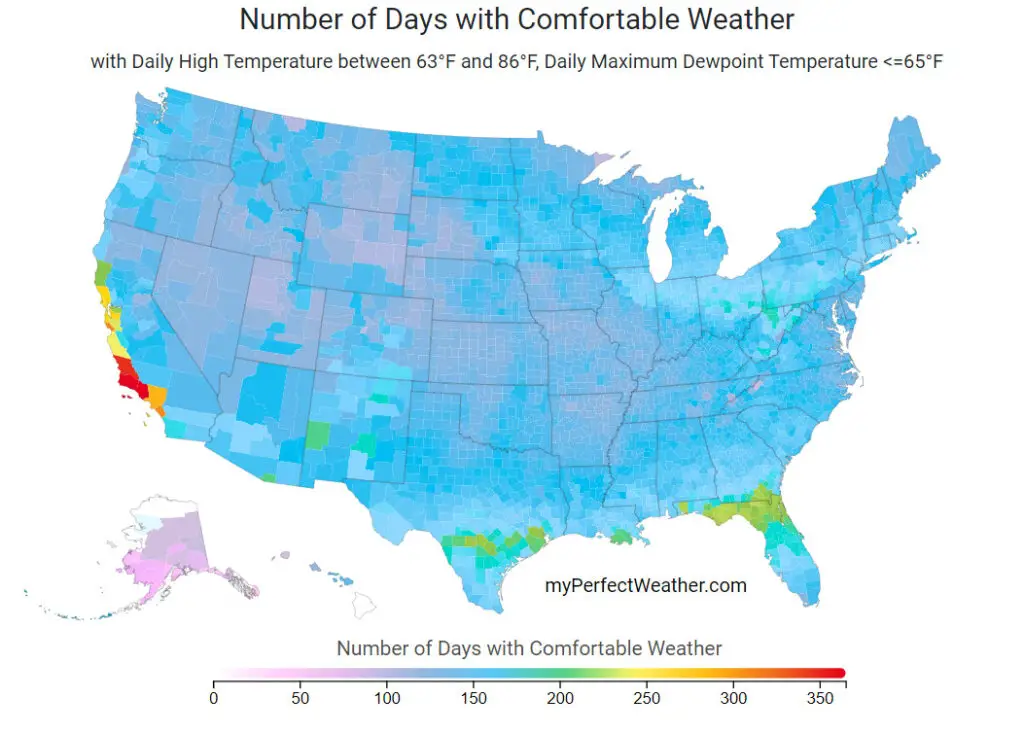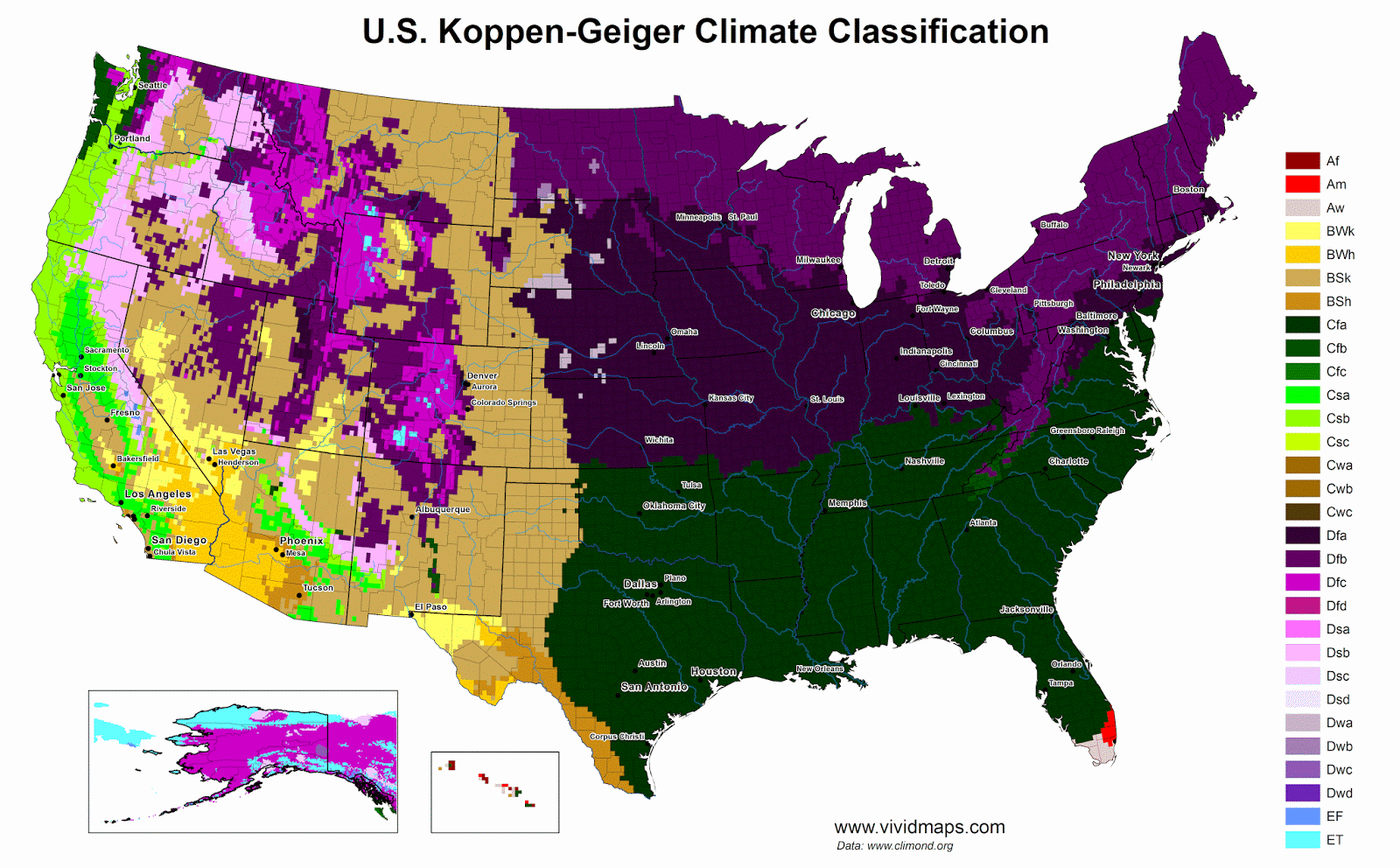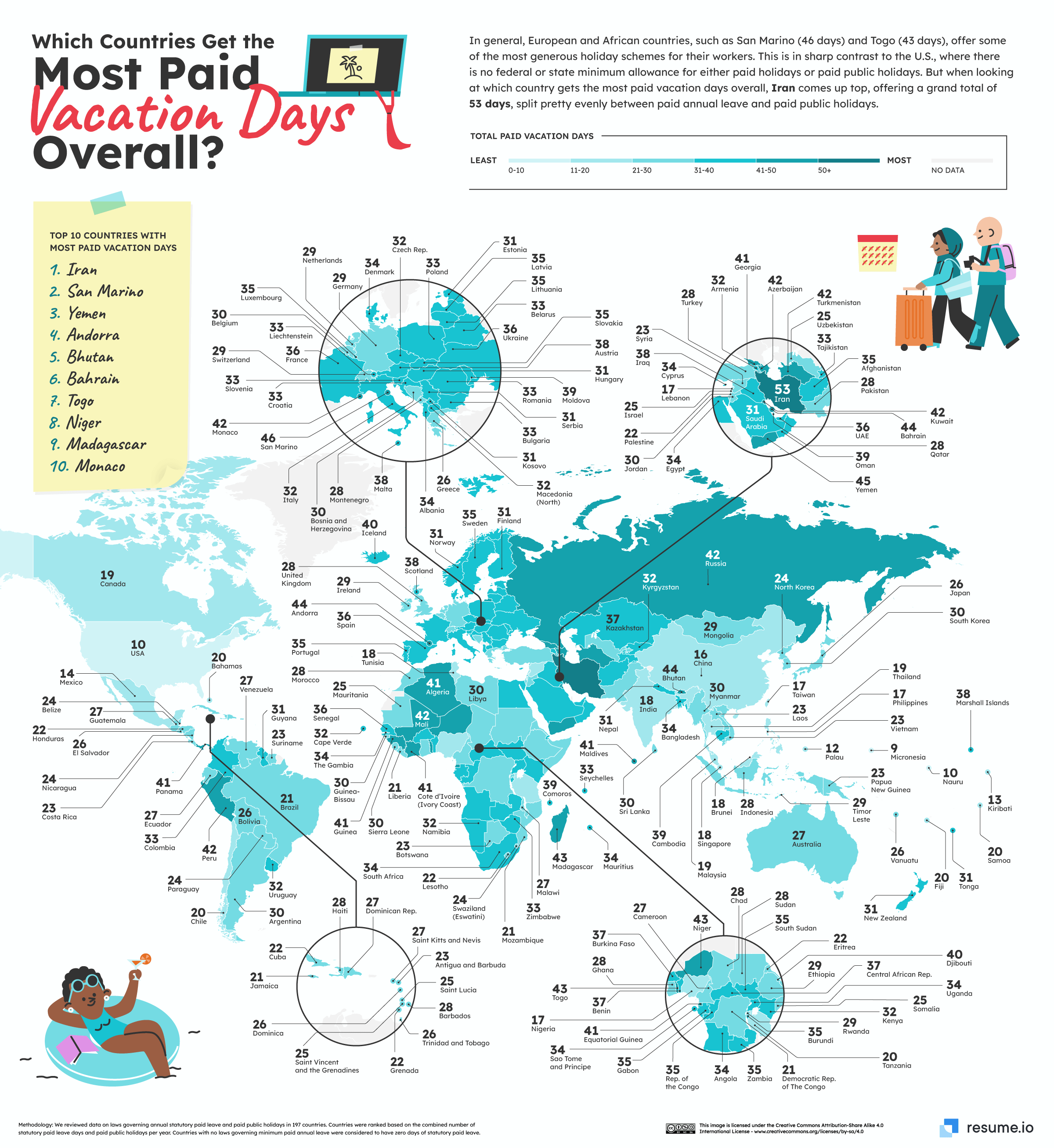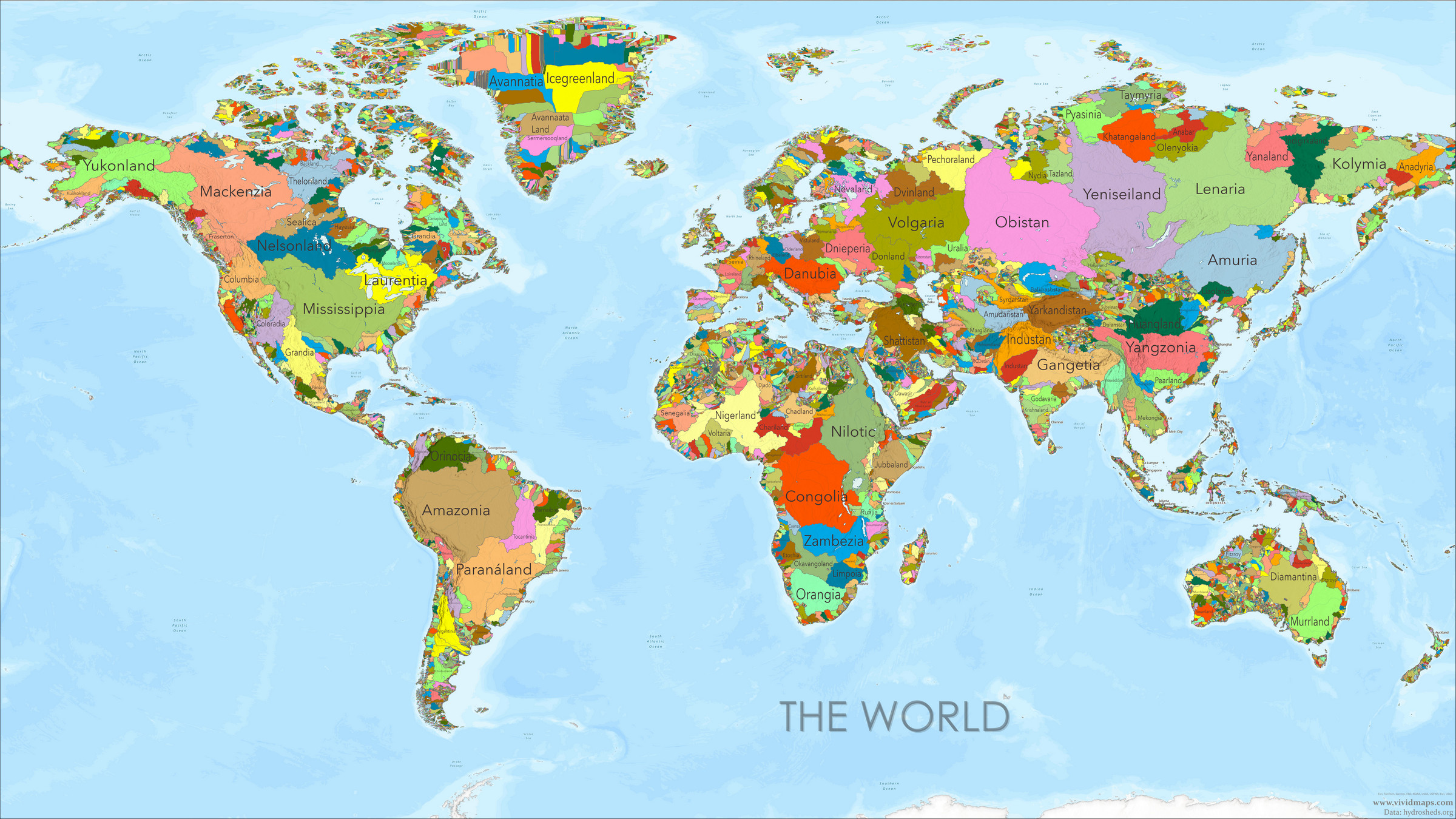The Most Comfortable Places to Live in the United States
This post may contain affiliate links. As an Amazon Associate, we earn from qualifying purchases.
As someone who’s always been fascinated by maps and geography, I’ve previously explored the concept of climatically comfortable areas for humanity. In my earlier work, I attempted to create a global map showing regions with optimal conditions for human societies to flourish. Building on that interest, I recently came across an intriguing visualization that offers a more localized perspective on climate comfort in the United States.
This new map, created by the team at MyPerfectWeather.com, shows the number of comfortable temperature days per year across the U.S. What’s particularly interesting about this map is that it’s interactive, allowing users to select different temperature ranges for visualization. As an example, I’ve chosen temperatures between 17-30°C (63-86°F) as the range I consider most comfortable for humans.

The map uses a color gradient to illustrate the distribution of comfortable days. Purple and blue areas have fewer than 175 comfortable days annually, green and yellow regions enjoy 175-250 comfortable days, while orange and red zones bask in more than 250 days of pleasant temperatures.
California: The Comfort Champion
One look at the map reveals an unmistakable pattern: California’s coastline stands out as the nation’s pinnacle of climate comfort. Here’s a breakdown of some top locations:
- Ventura and Santa Barbara Counties: An incredible 365 days of comfortable temperatures annually.
- San Luis Obispo County: Close behind with 354 comfortable days.
- Santa Cruz County: 313 days in the comfort zone.
- Orange County: 311 days of pleasant weather.
- Los Angeles County: An impressive 290 comfortable days.
Compare these to New York County (Manhattan) with only 184 comfortable days, or Cook County (Chicago) with a mere 175 days. The contrast is stark and helps explain California’s enduring appeal.
Climate Types and Health in the U.S.
While temperature comfort is important, it’s just one factor in determining the overall livability and health impacts of a region. The United States has a diverse range of climate types, each with its own potential health benefits and drawbacks. Let’s rank them from most to least favorable for general health:
- Mediterranean Climate (e.g., coastal California):
- Mild year-round temperatures and low humidity
- Associated with lower rates of seasonal affective disorder and respiratory issues
- Oceanic Climate (e.g., Pacific Northwest):
- Moderate temperatures with adequate rainfall
- Can promote outdoor activities, but may increase the risk of vitamin D deficiency
- Humid Subtropical Climate (e.g., Southeast):
- Warm summers and mild winters
- Supports year-round outdoor activities, but high humidity can exacerbate certain health conditions
- Continental Climate (e.g., Midwest):
- Four distinct seasons
- Seasonal changes can boost the immune system, but extreme temperature swings may stress the body
- Semi-arid Climate (e.g., Great Plains):
- Low humidity and moderate rainfall
- Can be beneficial for certain respiratory conditions, but prone to drought and dust storms
- Desert Climate (e.g., Southwest):
- Very hot and dry
- Low humidity can ease some health issues, but extreme heat poses significant health risks
- Subarctic Climate (e.g., Alaska interior):
- Long, cold winters and short, cool summers
- Can increase risk of vitamin D deficiency and seasonal affective disorder
It’s worth noting that individual health needs can vary greatly, and what’s ideal for one person may not be for another. Factors such as humidity, precipitation, air quality, and access to resources all play crucial roles in determining the overall livability of an area.








